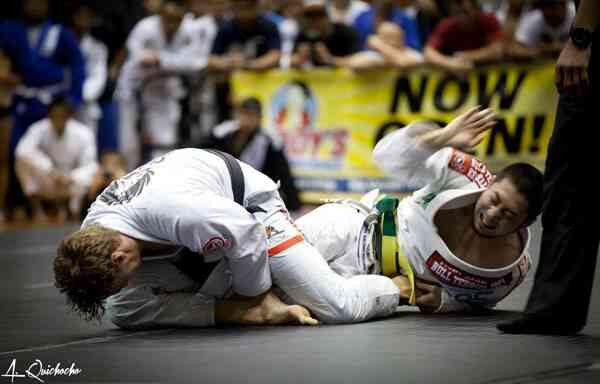Grappling with Wrestling Injuries – How to treat & prevent the most common wrestling maladies
Wrestling is an incredible sport, and one that can lead to added confidence, conditioning, and physical acuity which can last a lifetime. However, since it is a very physical sport, injuries can occur which can often last a lifetime as well. All sports have some inherent risk, and with a little precaution and plenty of responsive treatment when issues do arise, wrestling can be a safe sport. Let’s look at some of the most common injuries faced by wrestlers, and how to treat and even avoid them.
The most common kinds of injuries include sprains and strains. They’re common on the mats, and are usually treated best and quickly with RICE – Rest, Ice, Compression and Elevation. Tendonitis is common and is best treated with time. The body responds differently to the demands we place upon it, and repetition can create weakness over time. Vary your moves and reduce training (and increase rest) when a certain muscle group, joint or tendon is showing pain.
Soreness is a common malady for wrestlers. Time, sleep, and plenty of protein heals that. Massage the area as well, to break up lactic acid buildups. Drink plenty of water to avoid dehydration as well. Cramps can lead to injuries, and a dehydrated brain is one that is prone to making mistakes which can further damage the body.
Advanced injuries, such as shoulder and knee damage, should be treated by a doctor, and sooner rather than later. If you suspect a shoulder if separated or a rotator cuff has been injured, you are well advised to go to the hospital immediately. Don’t sit home for a weekend waiting because you think a small tear will go away. If anything, a small tear can become worse if left untreated. Face your injury quickly and early. Modern medicine is an incredible thing, and many athletes are back in a matter of weeks – not months – when they are wise enough to consult a physician very quickly after serious injuries occur.
Wrestlers can avoid many of the most common types of injuries by preparing ahead of time, and exercising caution at all times. Stretching will increase flexibility and drop the incidence of joint and muscle injuries. Be sure to stretch before and after all matches and practices. Keep weight loss steady, never dramatic. The response of the body’s system to rapid weight loss through caloric or fluid reduction can leave the body dehydrated and weak, and the mind impervious to simple mental mistakes which can lead to injuries. When you’re on the mat, avoid the massive slam moves of any banned holds. Avoid chokes and anything else which can leave you or your opponent in a dangerous situation. Safety gear is essential and should always be in working condition – and the right size, too!
Fewer than 1% of wrestlers ever sustain serious injury, according to the National Collegiate Athletic Association. The sport is held on mats, closely watched by a referee, and usually conducted by two well-trained athletes intent on scoring points and getting pins, not injuring their opponents. Compare it to football, and most parents would agree wrestling is actually a much better option. Train safe, listen to your body, and respond to both minor and major injuries with swift action. Good luck!




